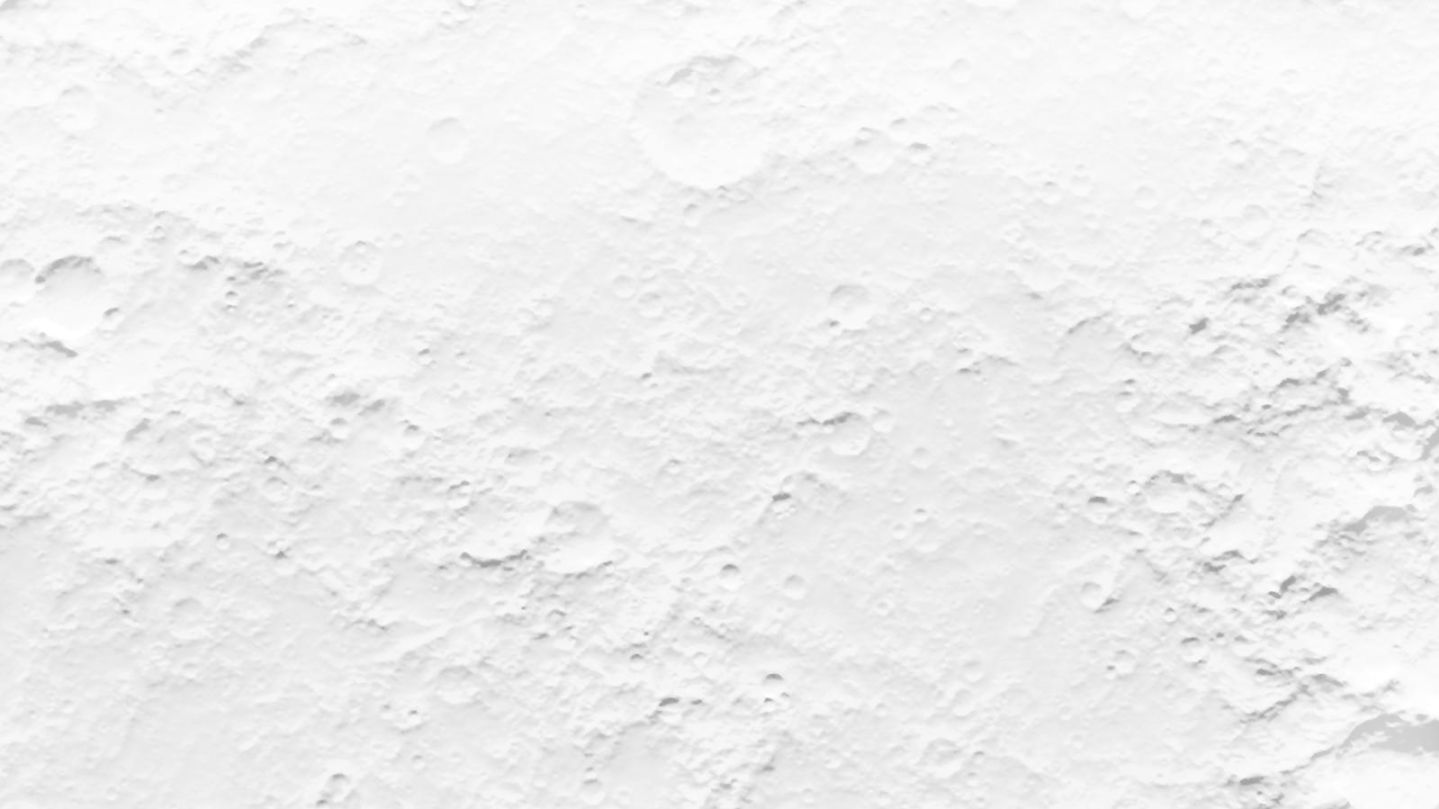At first glance, it looks like a starry night. But this is a very different perspective of the vast darkness of space pitted by little points of light.
Those bright points aren’t stars; they’re entire galaxies. The image is a mosaic that combines 7,500 images from 16 years worth of the Hubble Space Telescope’s deep surveys and looks back over 13.3 billion years of our universe’s history.
You’re looking at 265,000 individual galaxies that extend all the way back to just 500 million years after the Big Bang, when the universe was still young and Earth wasn’t even a planet.
“Hubble has looked at this area of the sky many times over many years, and now we have combined all these photographs into a single, very high-quality, wide-angle image. It is like having a history book of the universe in one image,” said Pieter van Dokkum, the Sol Goldman Family Professor of Astronomy at Yale University and co-investigator on the team that assembled the image.
The image functions like a history book, scientists say, because looking back in space also allows for a look back in time. Although some of these galaxies are reduced to tiny points of light, it’s because they are only one ten-billionth of their actual brightness. They are the farthest out, and without a telescope, this is the best the human eye can do.
This new mosaic contains 100 times as many galaxies as previous deep surveys, making it the most complete portrait of the universe to date.
The image also shows galactic evolution, which contributes to the universe’s expansion. Galaxies start out small and grow into giants. By studying them, astronomers can learn about how elements were created, how the conditions for life began on Earth and how physics works in the universe.
And much as it shows evolution, the image also reveals galactic fossils and death during the early universe, when the universe was smaller and galaxies collided and merged.
Edwin Hubble himself, for whom the telescope is named, once described galaxies as the “markers of space.”
The telescope was launched in 1990. At first, scientists wondered whether they should use their time with it to take long exposures of what looked like black sky. But it paid off, and now the Hubble Legacy Field image exists as a testament to over a decade of work.
“Now that we have gone wider than in previous surveys, we are harvesting many more distant galaxies in the largest such dataset ever produced,” said Garth Illingworth, leader of the team that assembled the image at the University of California-Santa Cruz. “This one image contains the full history of the growth of galaxies in the universe, from their times as ‘infants’ to when they grew into fully-fledged ‘adults.’ No image will surpass this one until future space telescopes are launched.”
Those future telescopes, like the James Webb Space Telescope that’s slated for launch in the early 2020s, will push farther into the legacy field and identify the first galaxies born in the universe, the researchers said.






























































